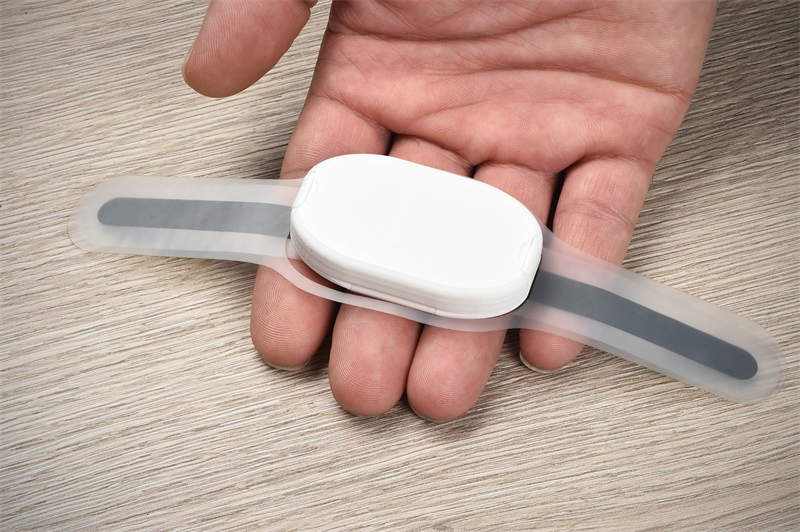
Health care is one of the sectors generating most waste globally. As an example, the patches needed to make electrocardiograms are a combination of plastic-based and electronic components.
In the near future, the demand for ECG patches is expected to grow rapidly, owing to the increased occurrence of atrial fibrillation, ageing populations and the growing incidence of cardiovascular diseases.
VTT Technical Research Centre of Finland has developed a new ECG patch that combines nanocellulose and carbon and is recyclable. Thanks to it, the carbon footprint of health care can be reduced.
The biodegradable patch is manufactured of VTT’s new material e-skin-x, made of plant-based nanocellulose and replacing conventional plastics in wearable applications. The material disintegrates in soil and can be recycled into new materials.
The wearable biopatch is printed with carbon conductors and sensing electrodes. Thanks to the modular construction, the electronic components are easy to remove and re-use.
‘Bio-based substrates like the cellulose e-skin are promising alternatives to fossil-based ones. The tricky part is the fact that they need to possess certain properties like stretchability, tear resistance and moisture sensitivity. We’re proud to say that with cellulose e-skin, we’ve created a new film with huge potential for use in the medical industry,’ says Mohammad H. Behfar, Senior Scientist , in a VTT press release.
According to the press release, this ECG patch based on nanocellulose is the first one to contain no plastics. The e-skin material can in the future be used in many kinds of wearable devices, as it is flexible, transparent and breathable.